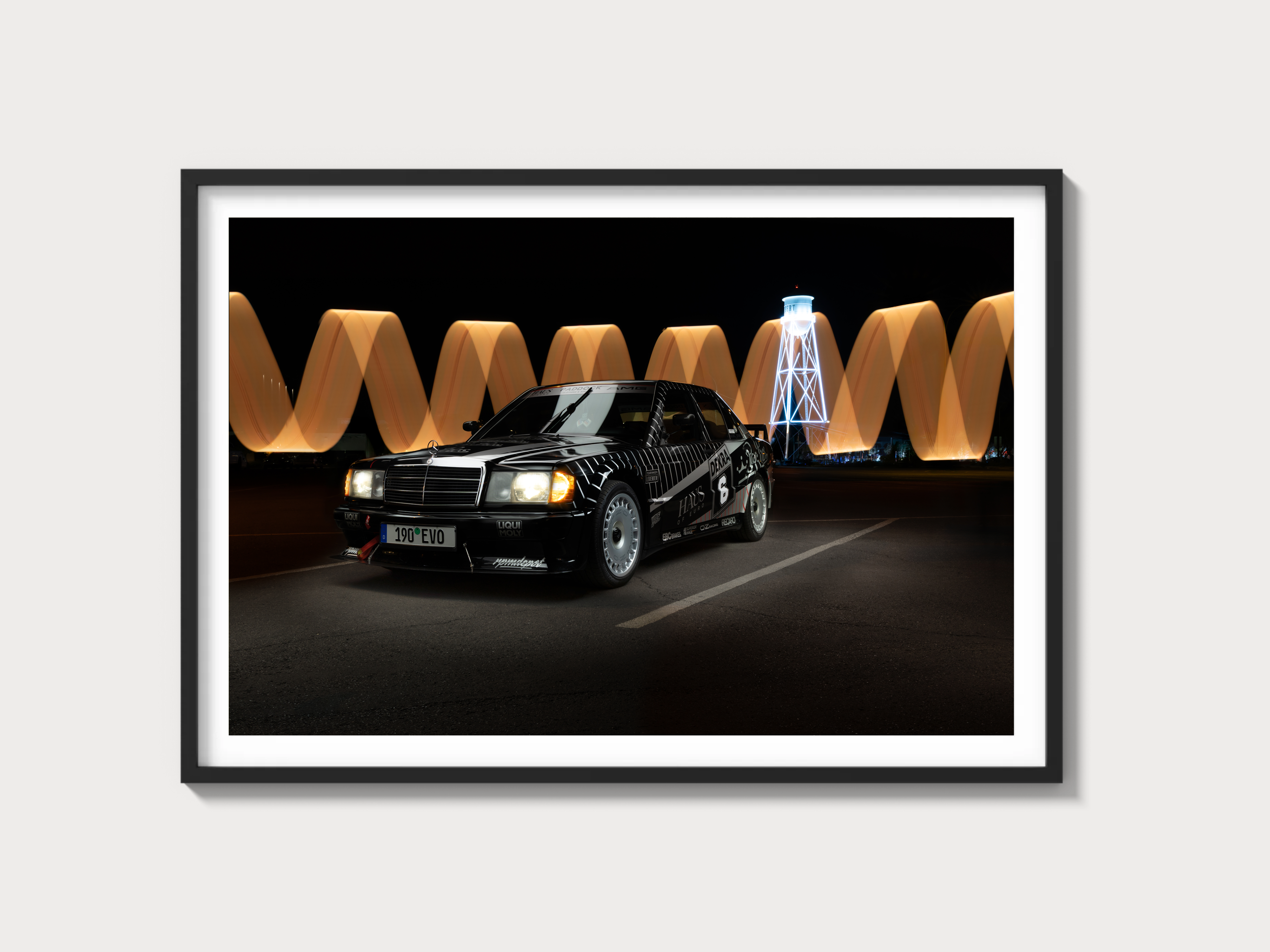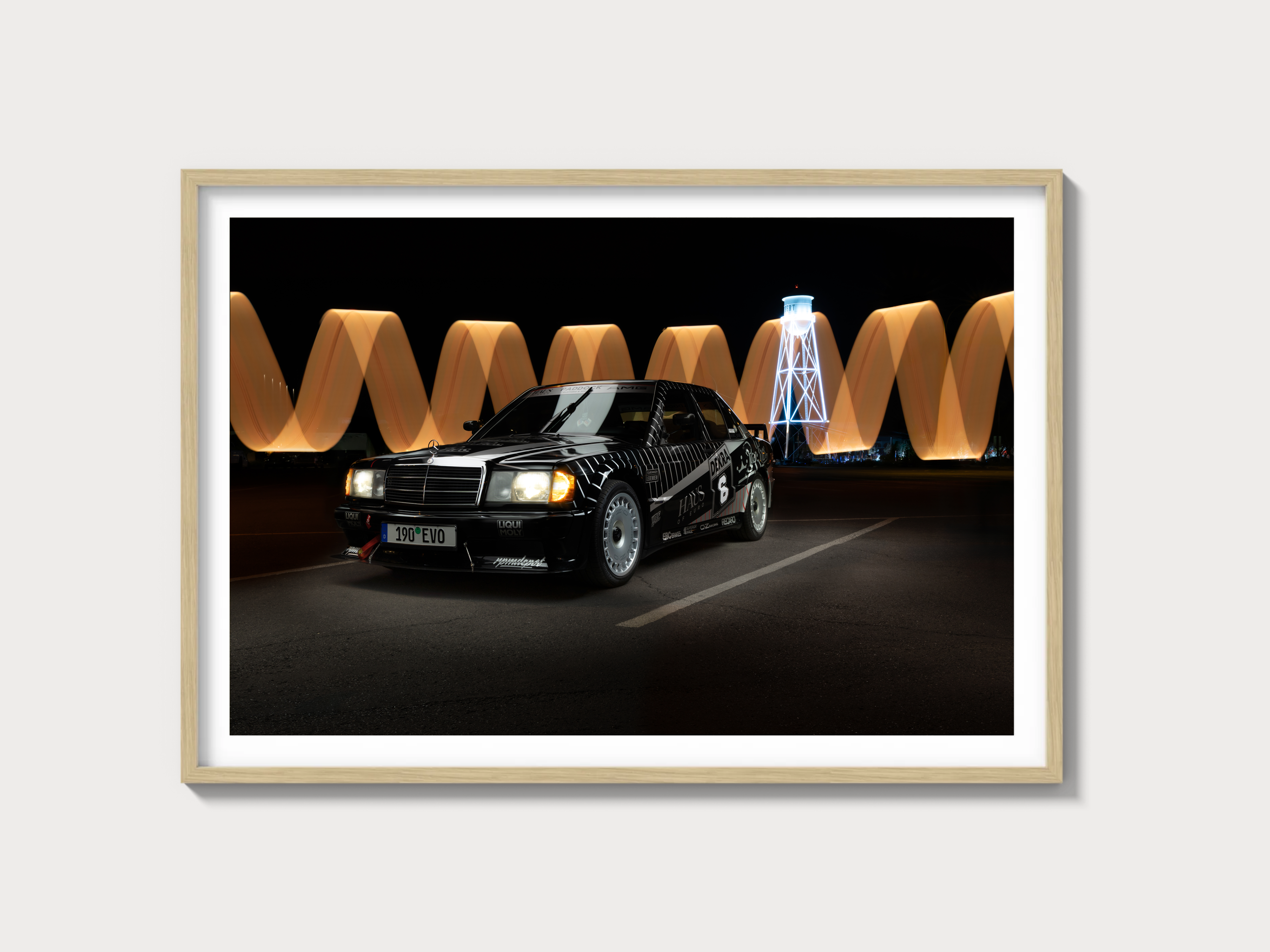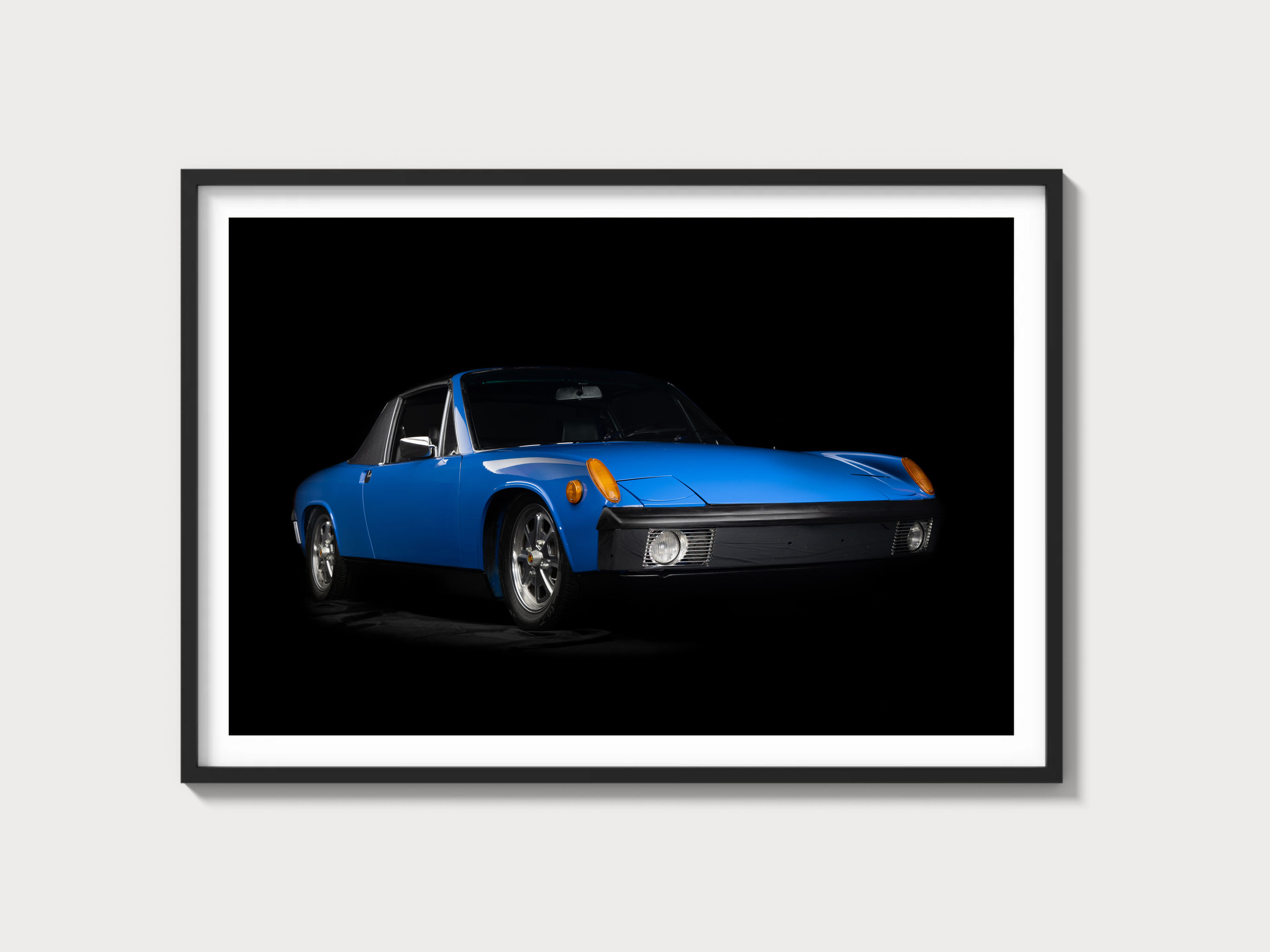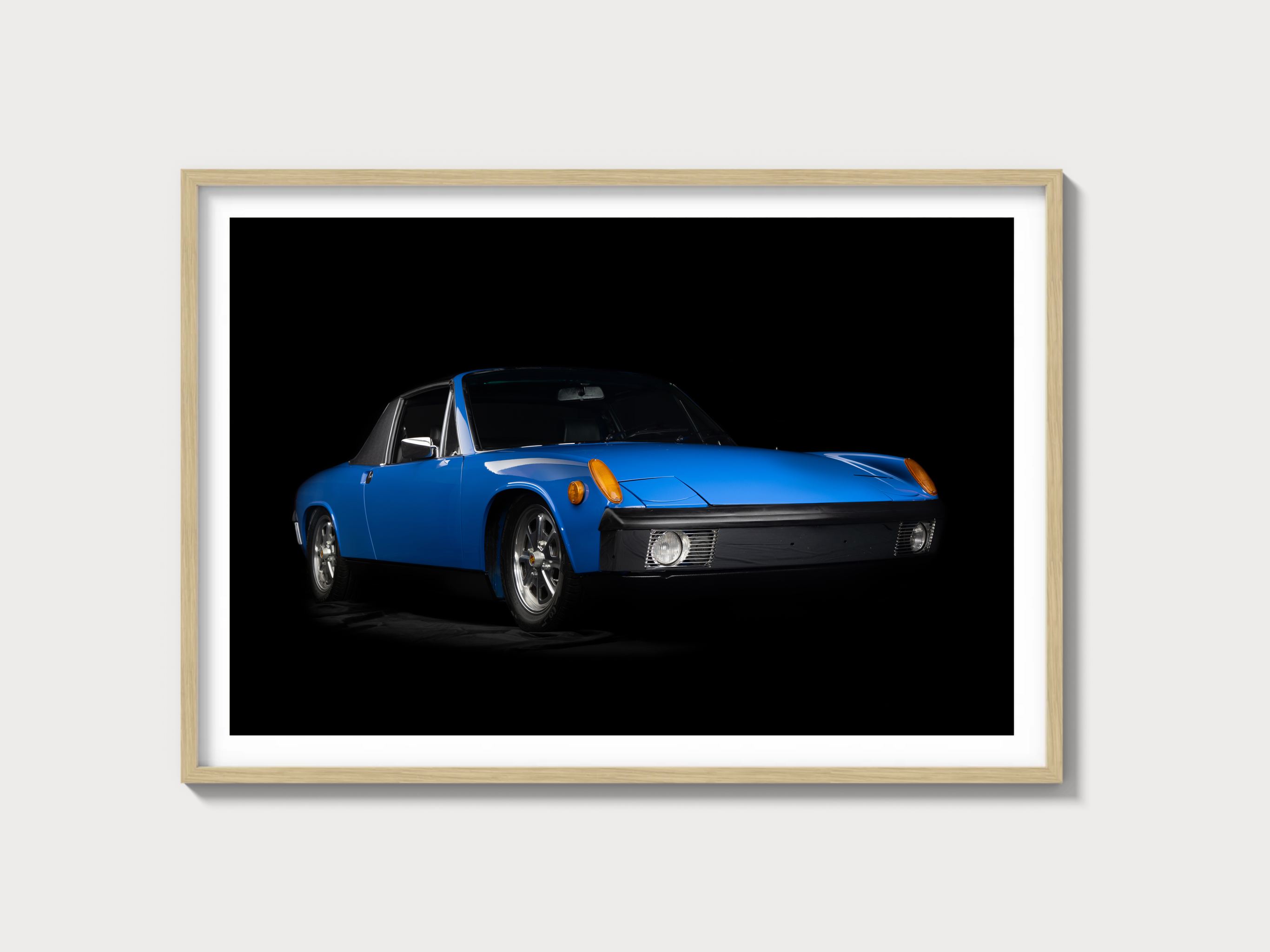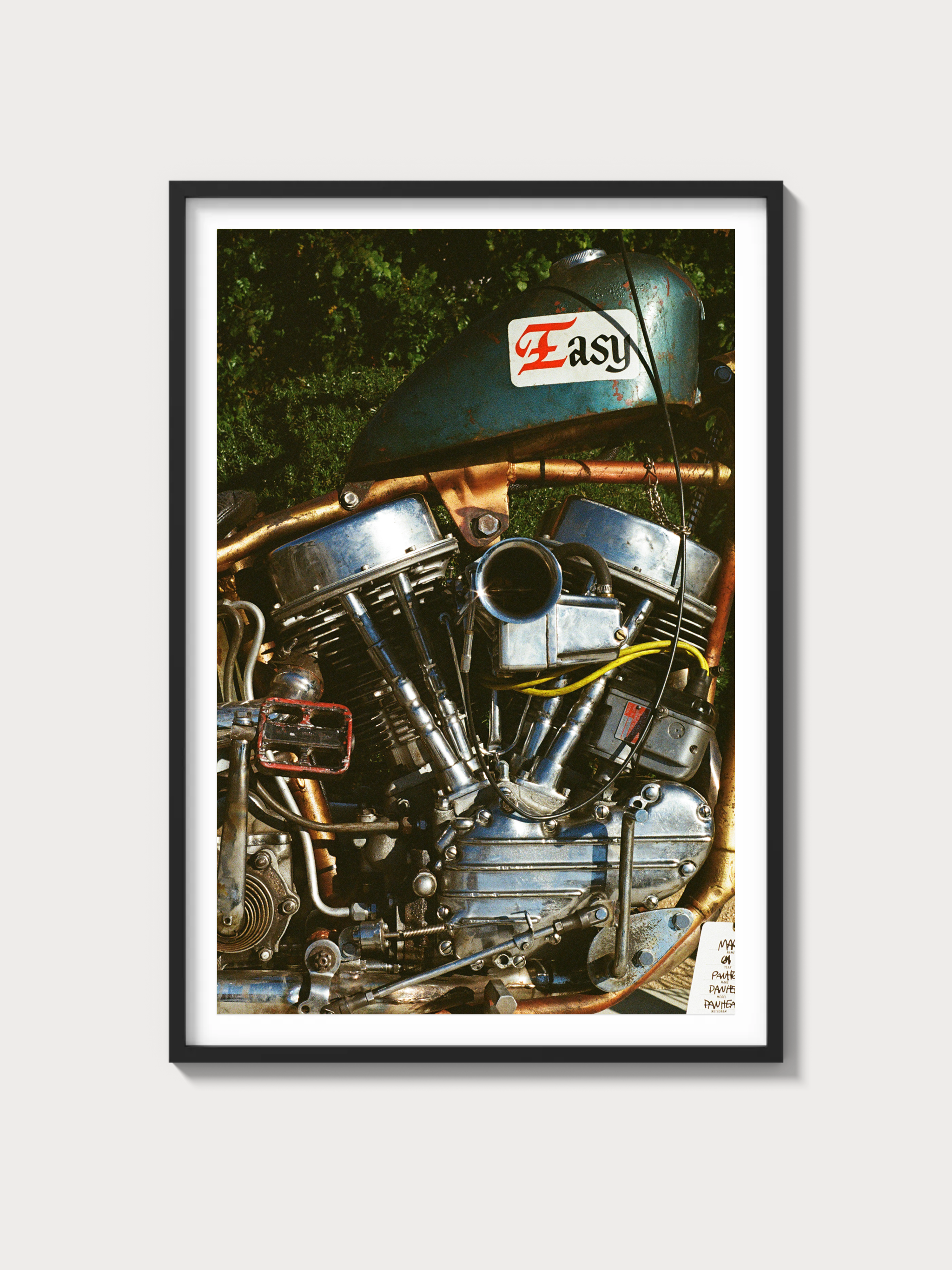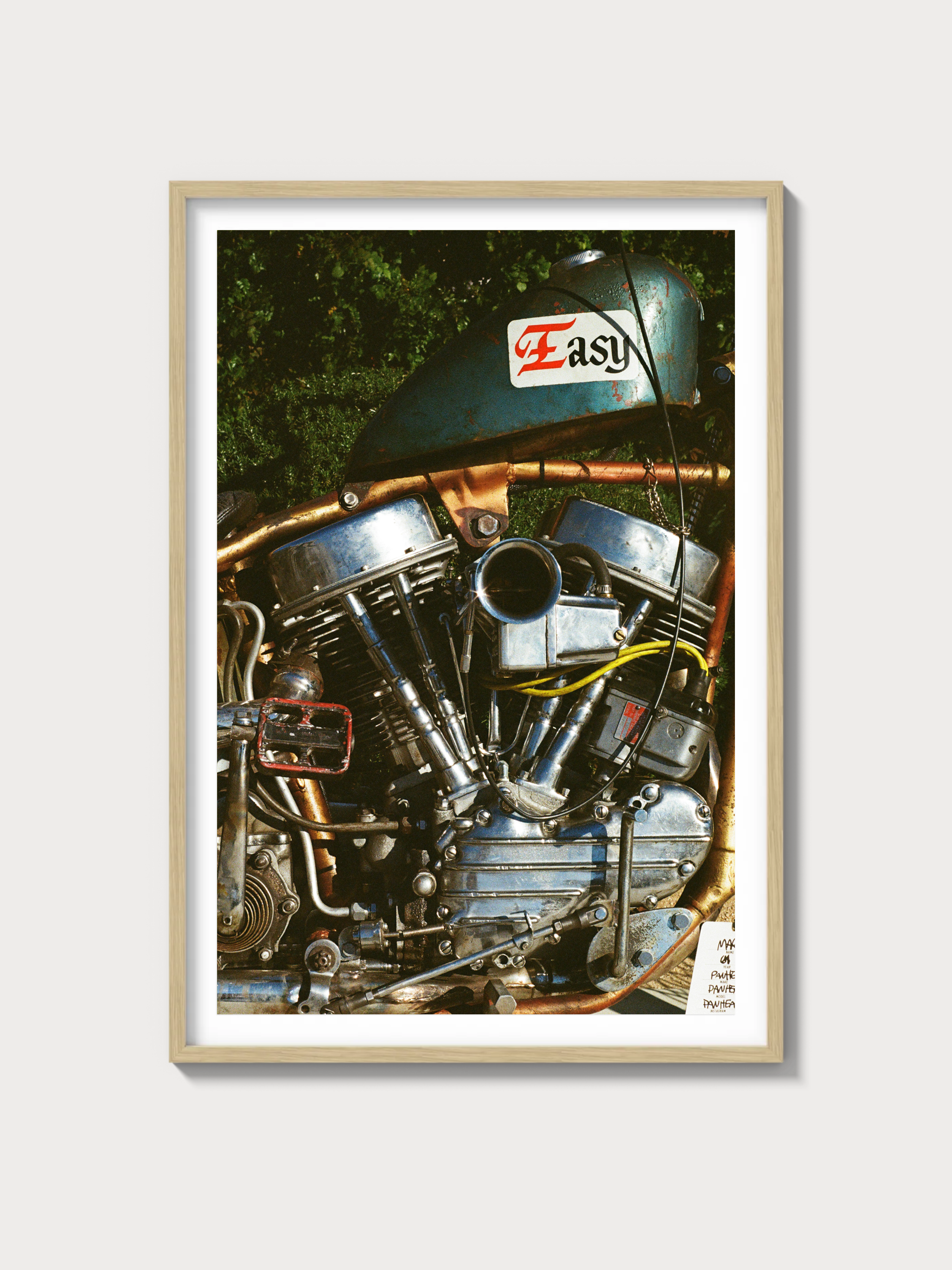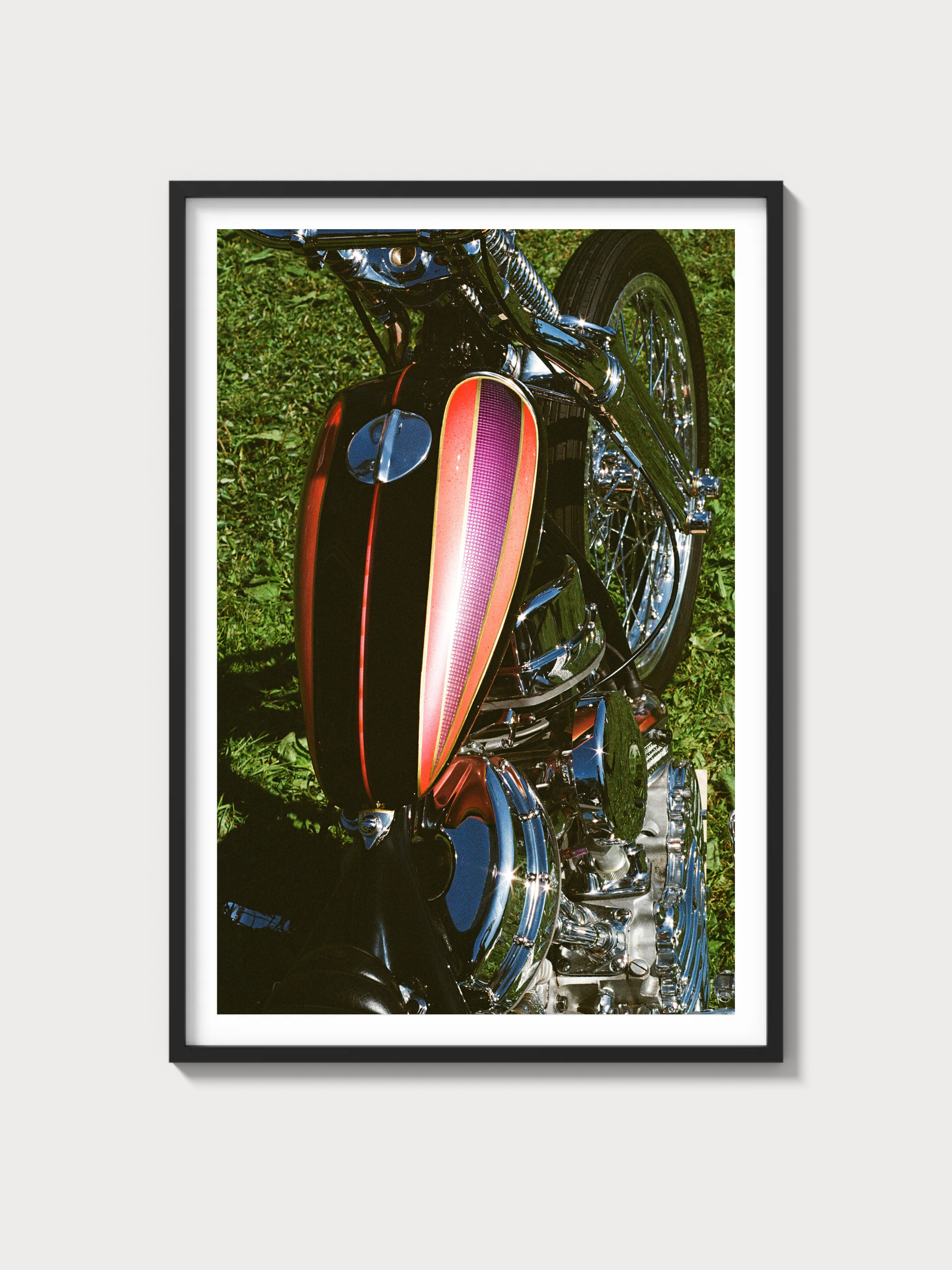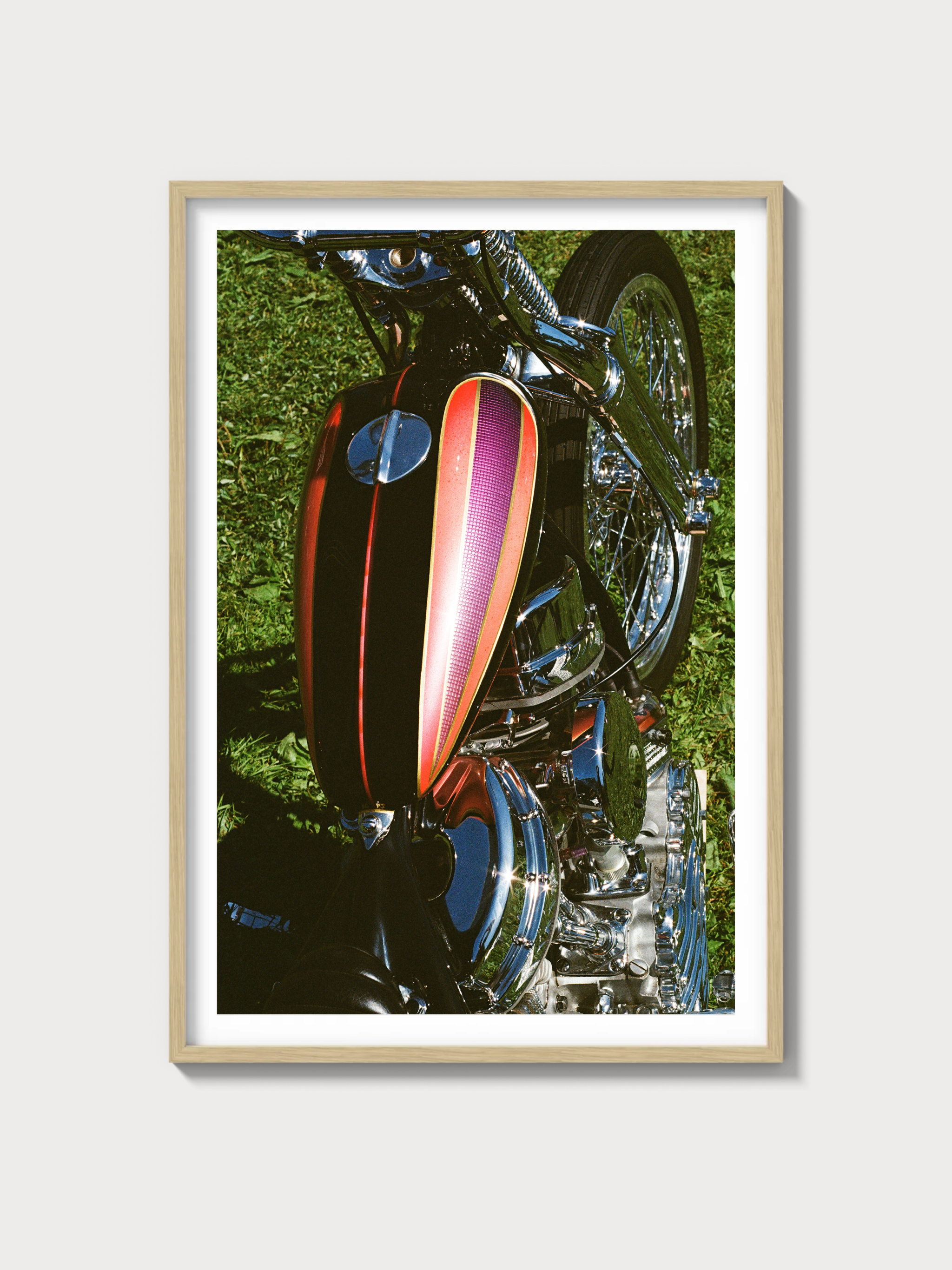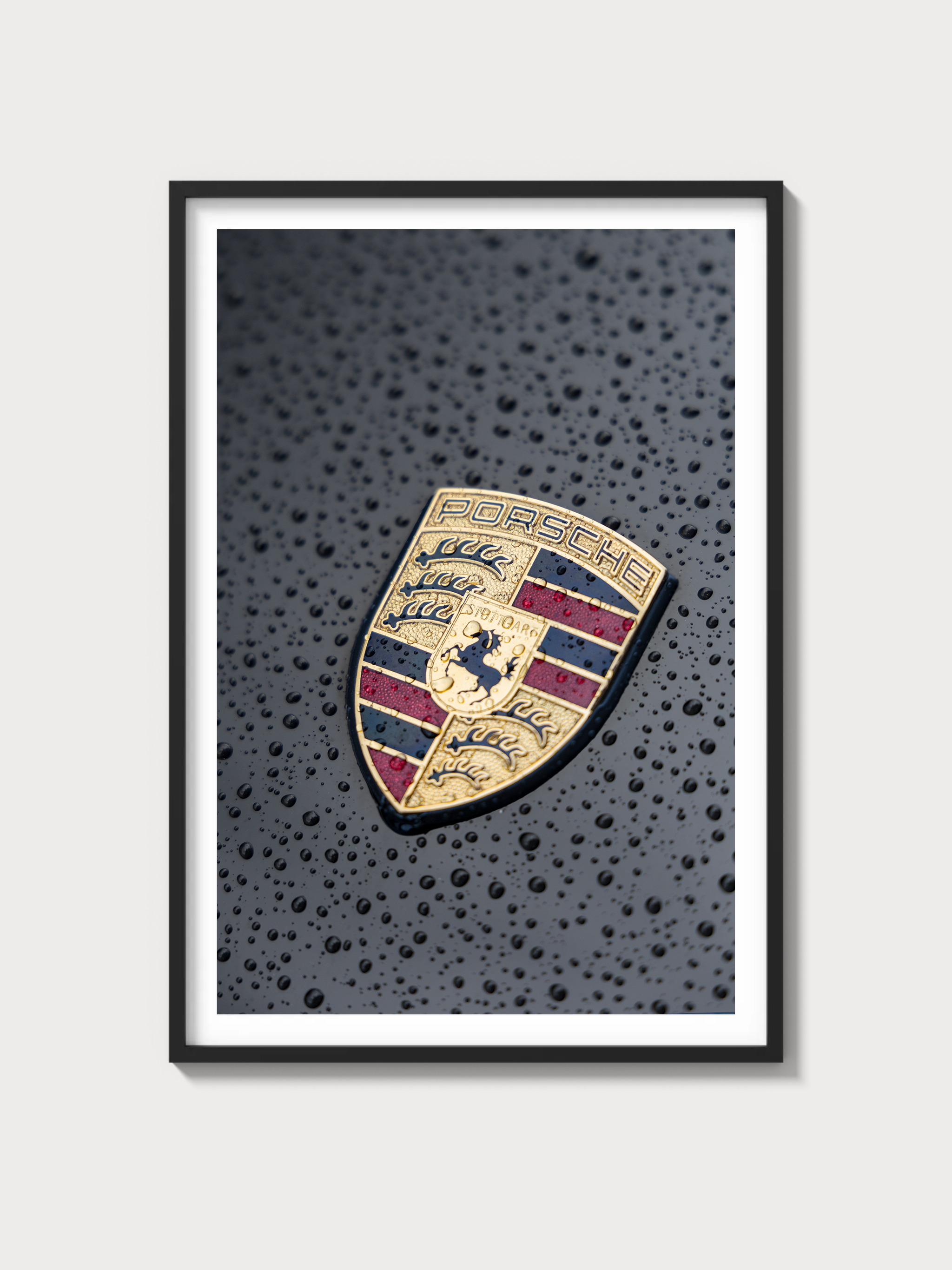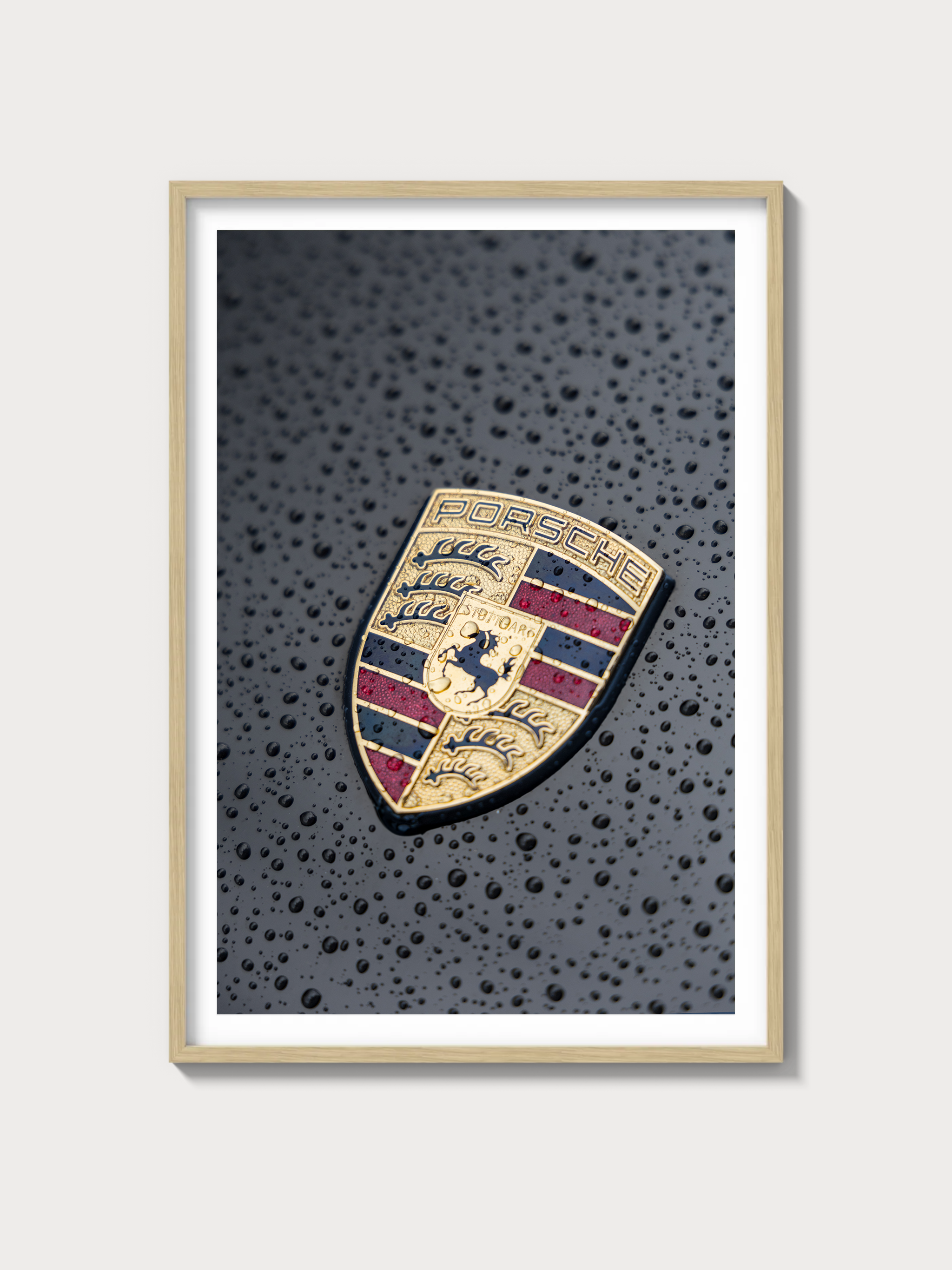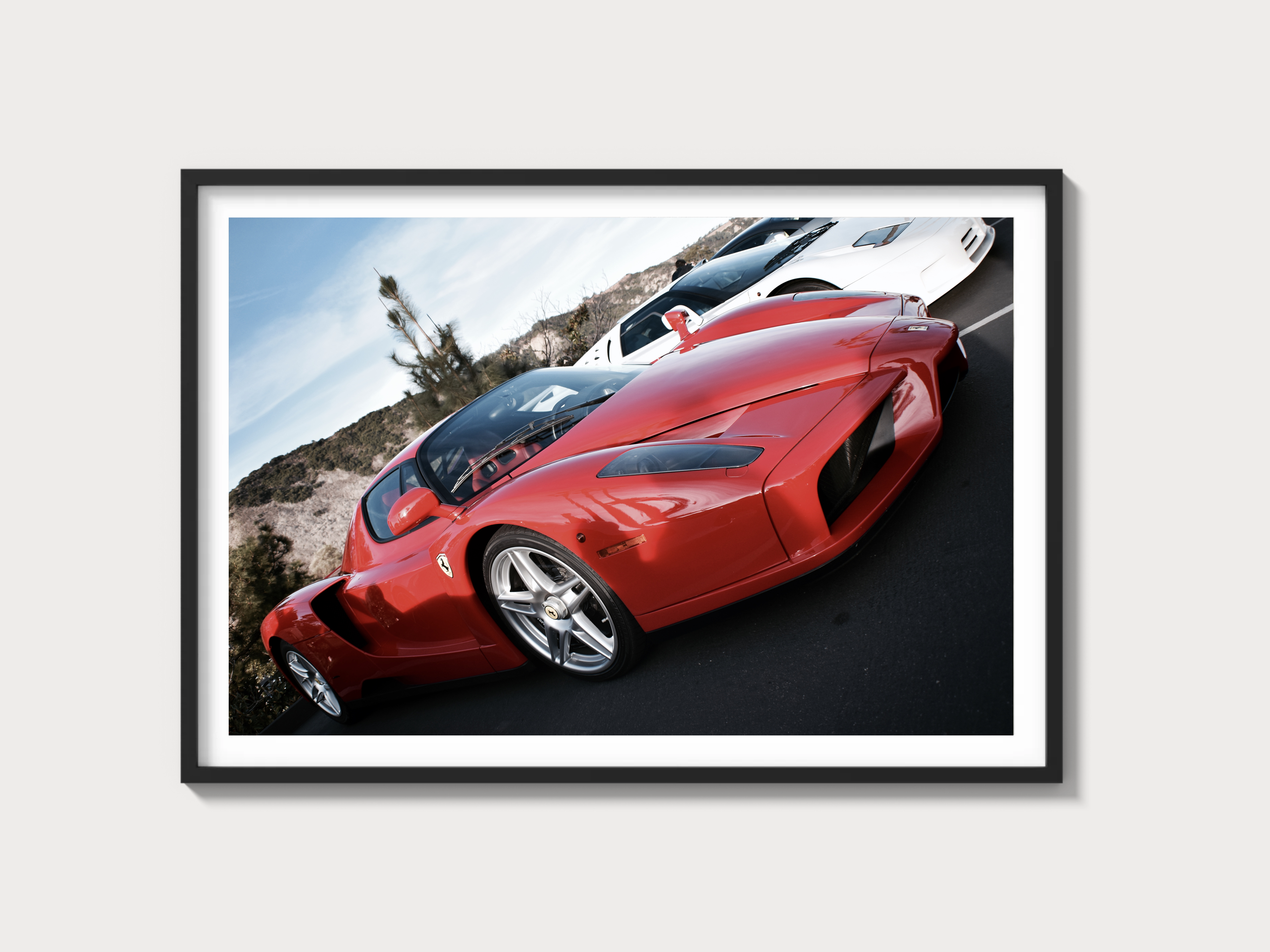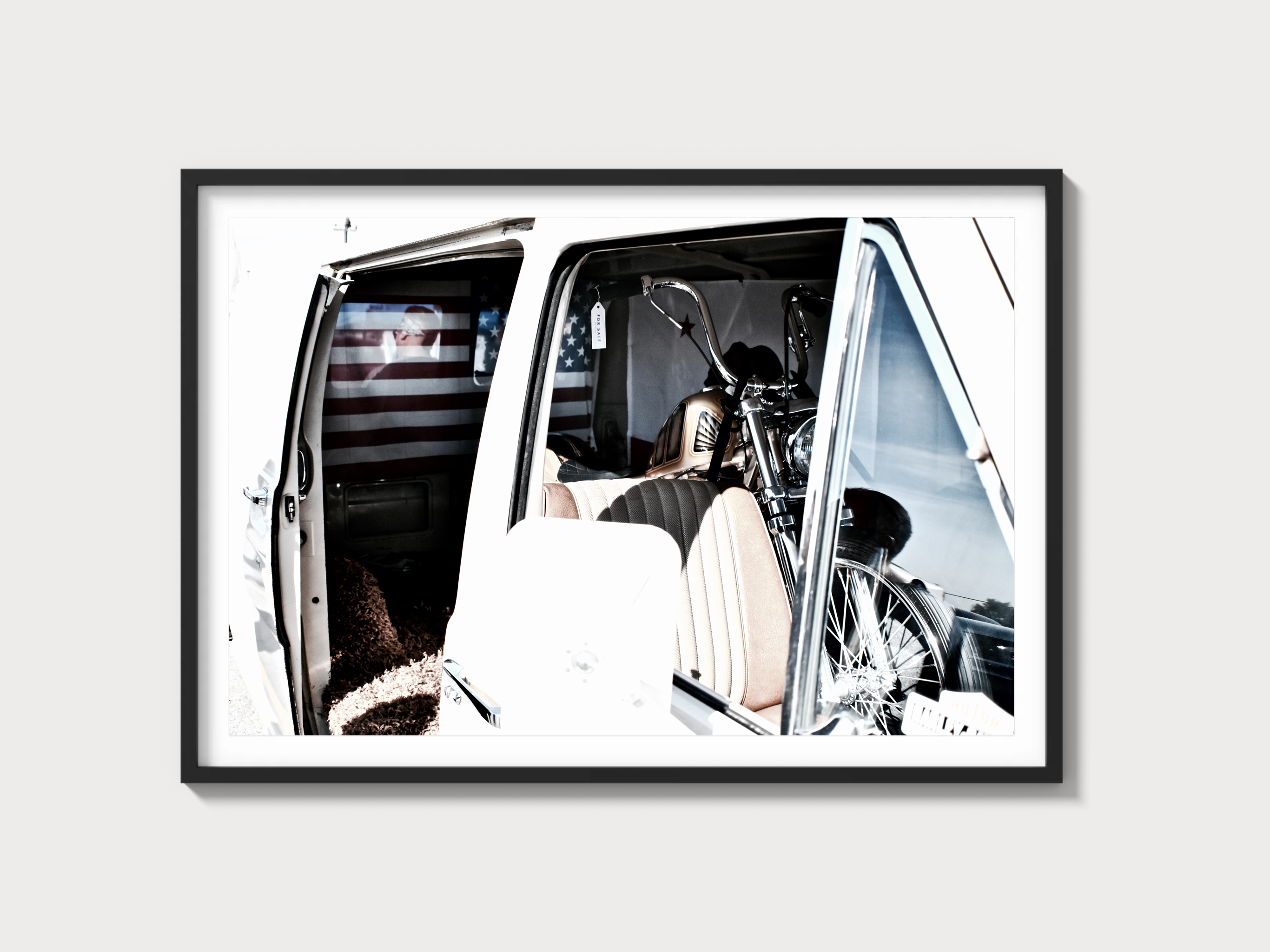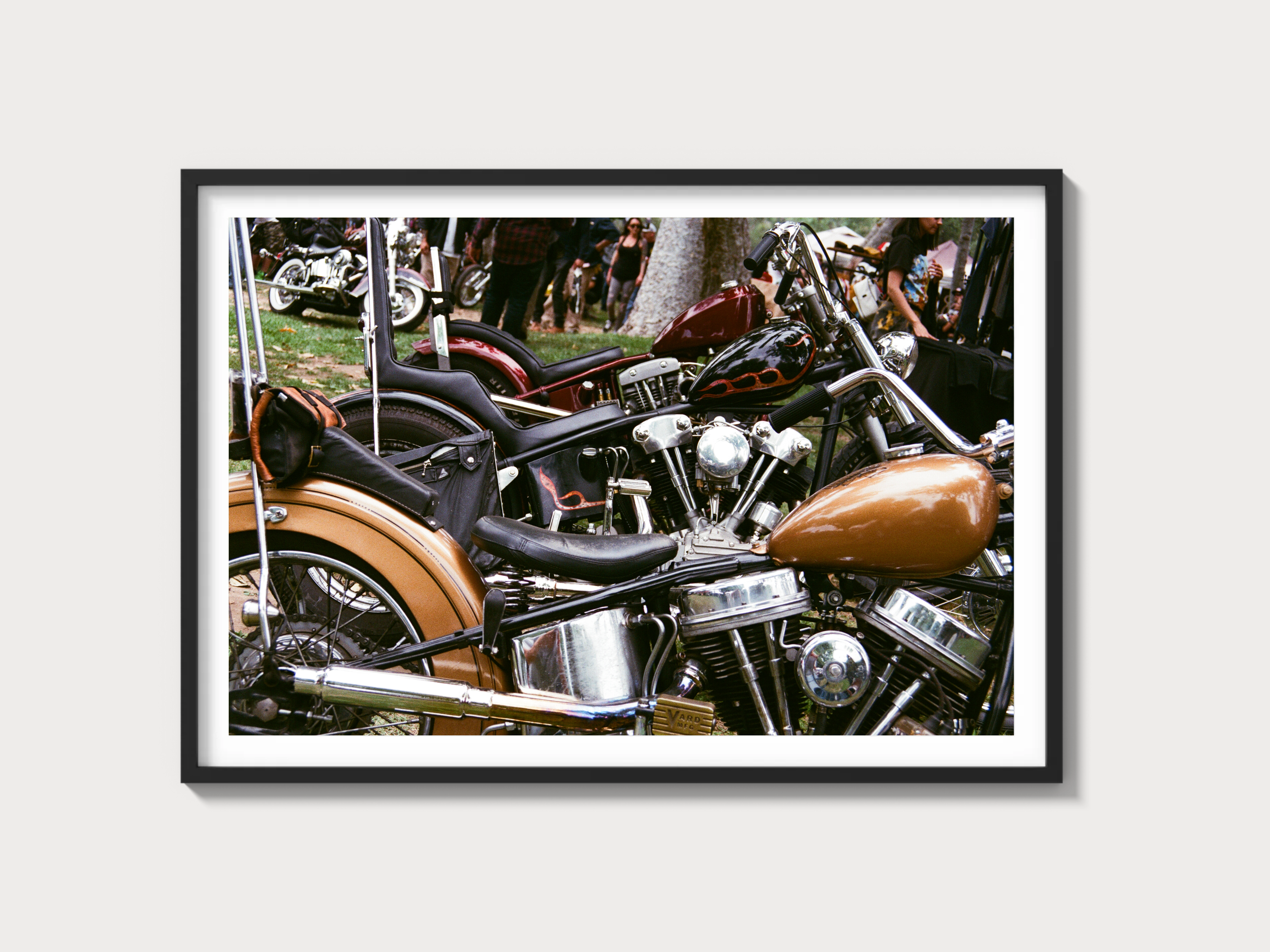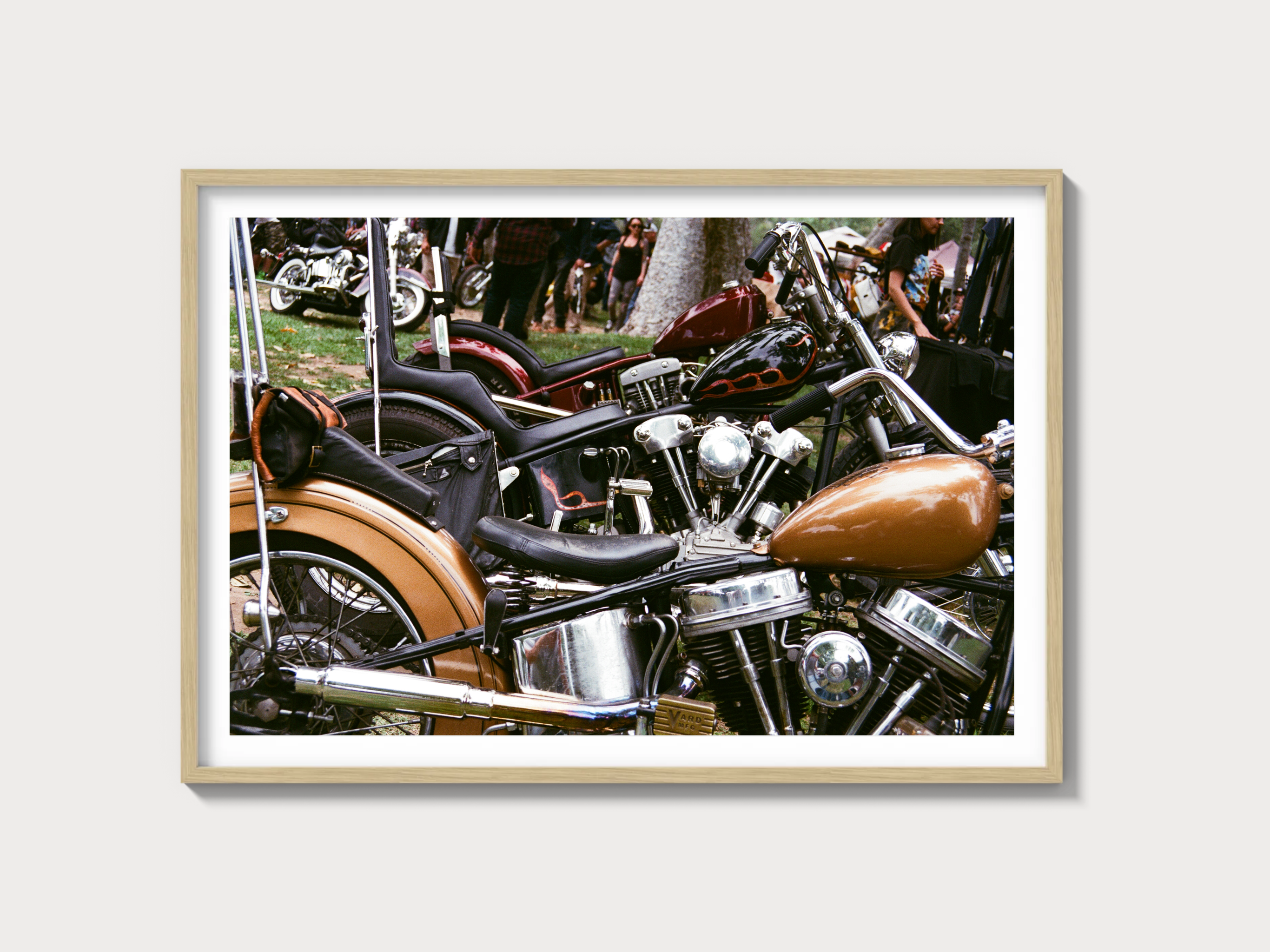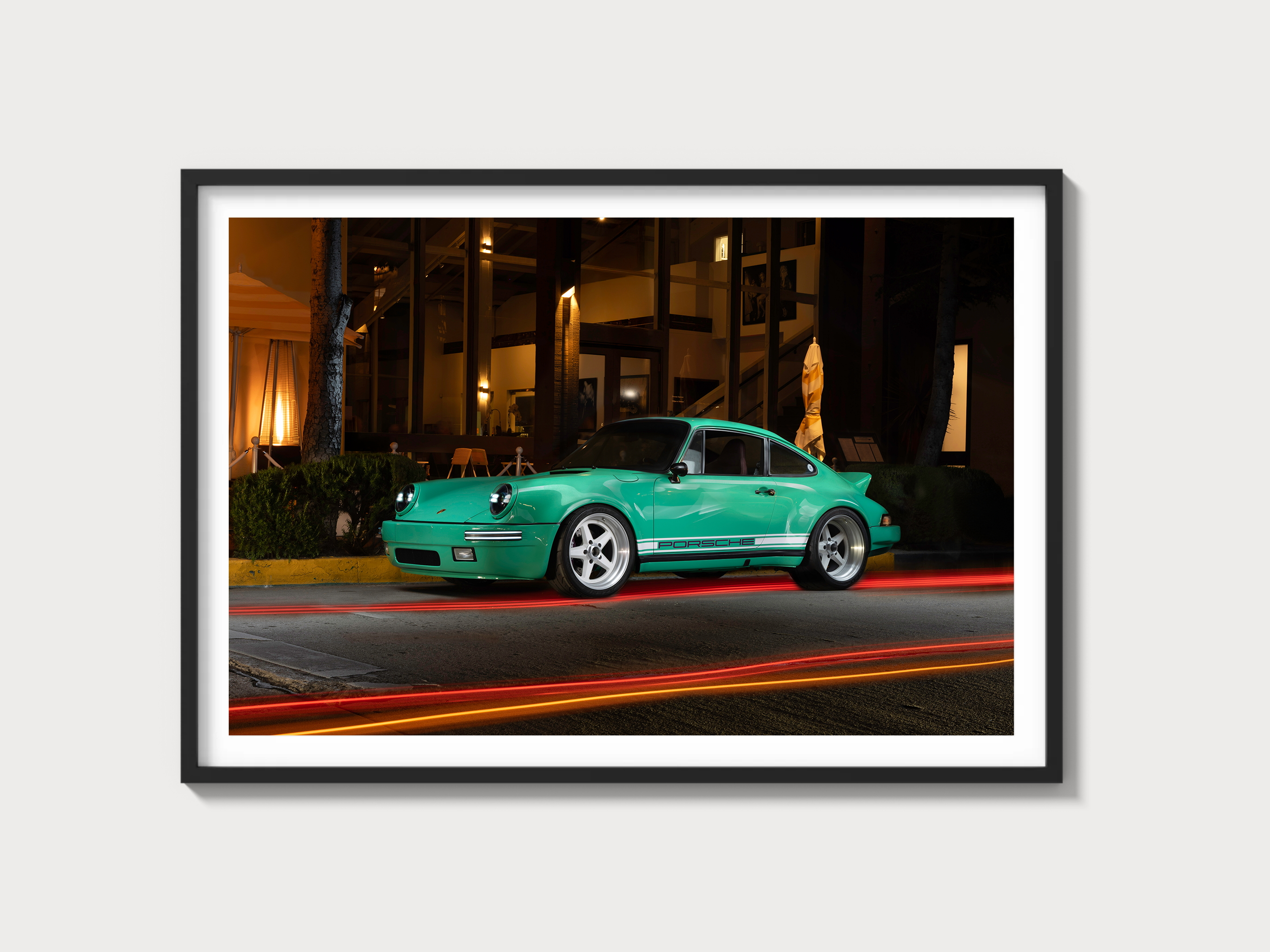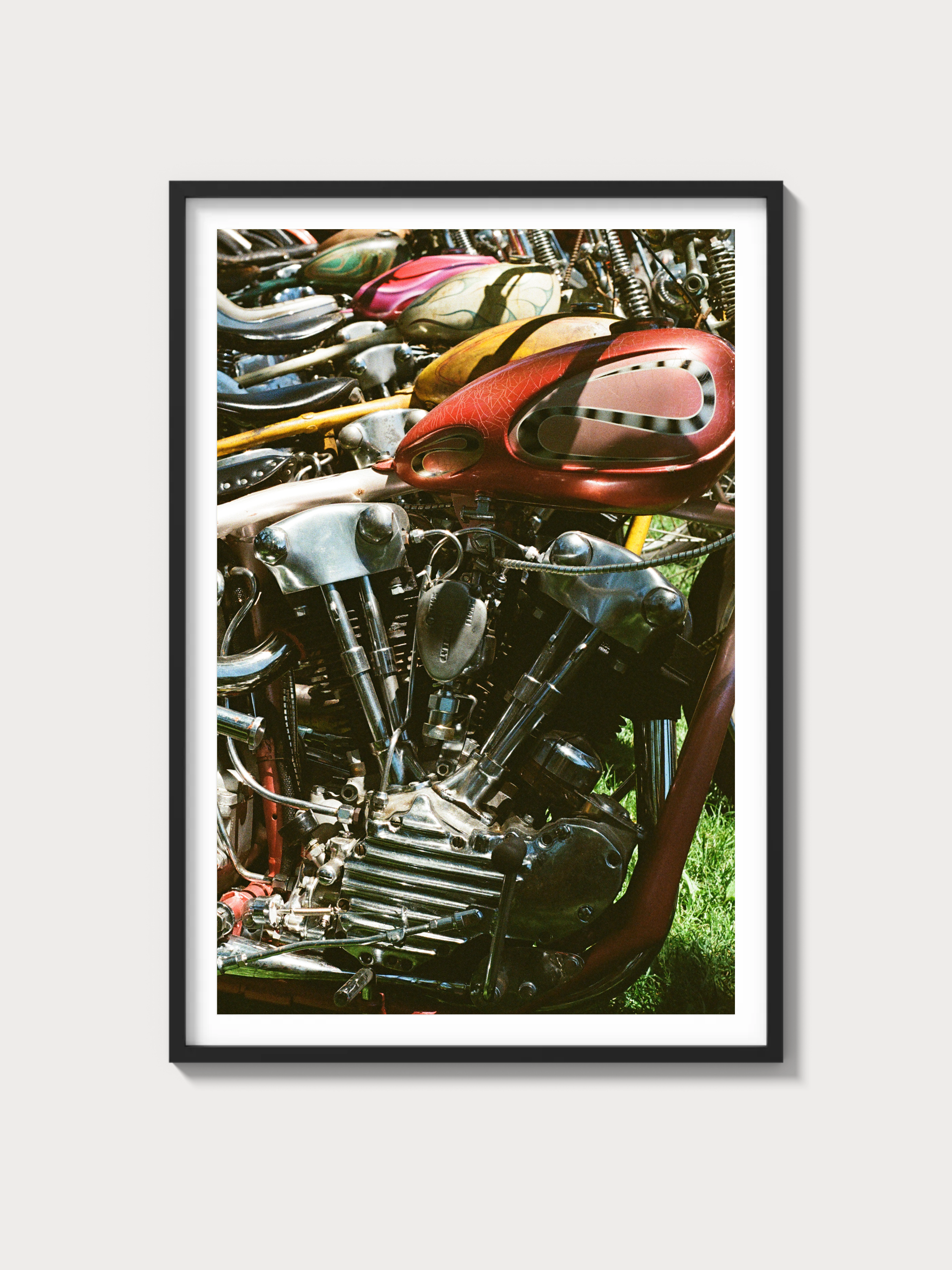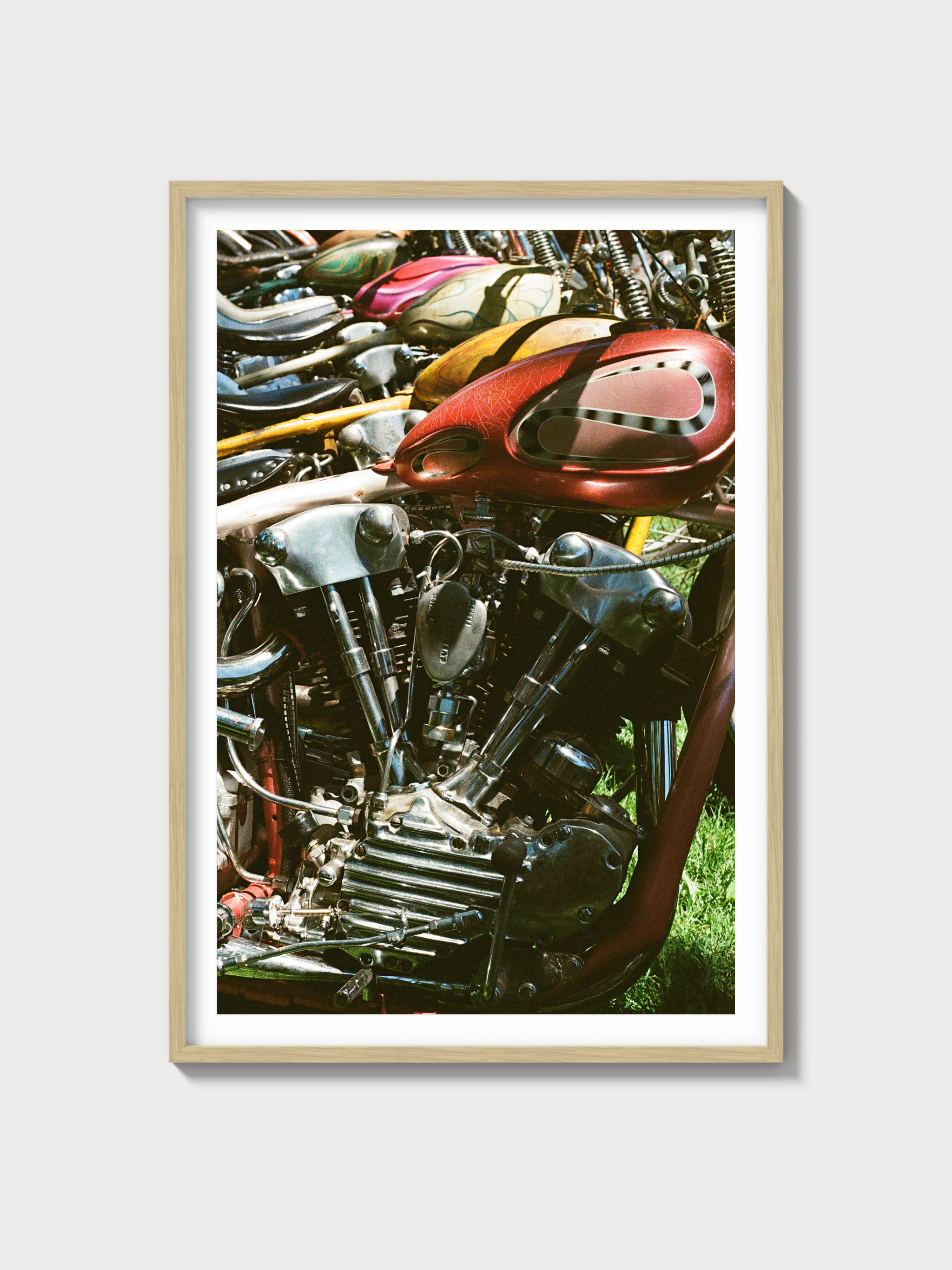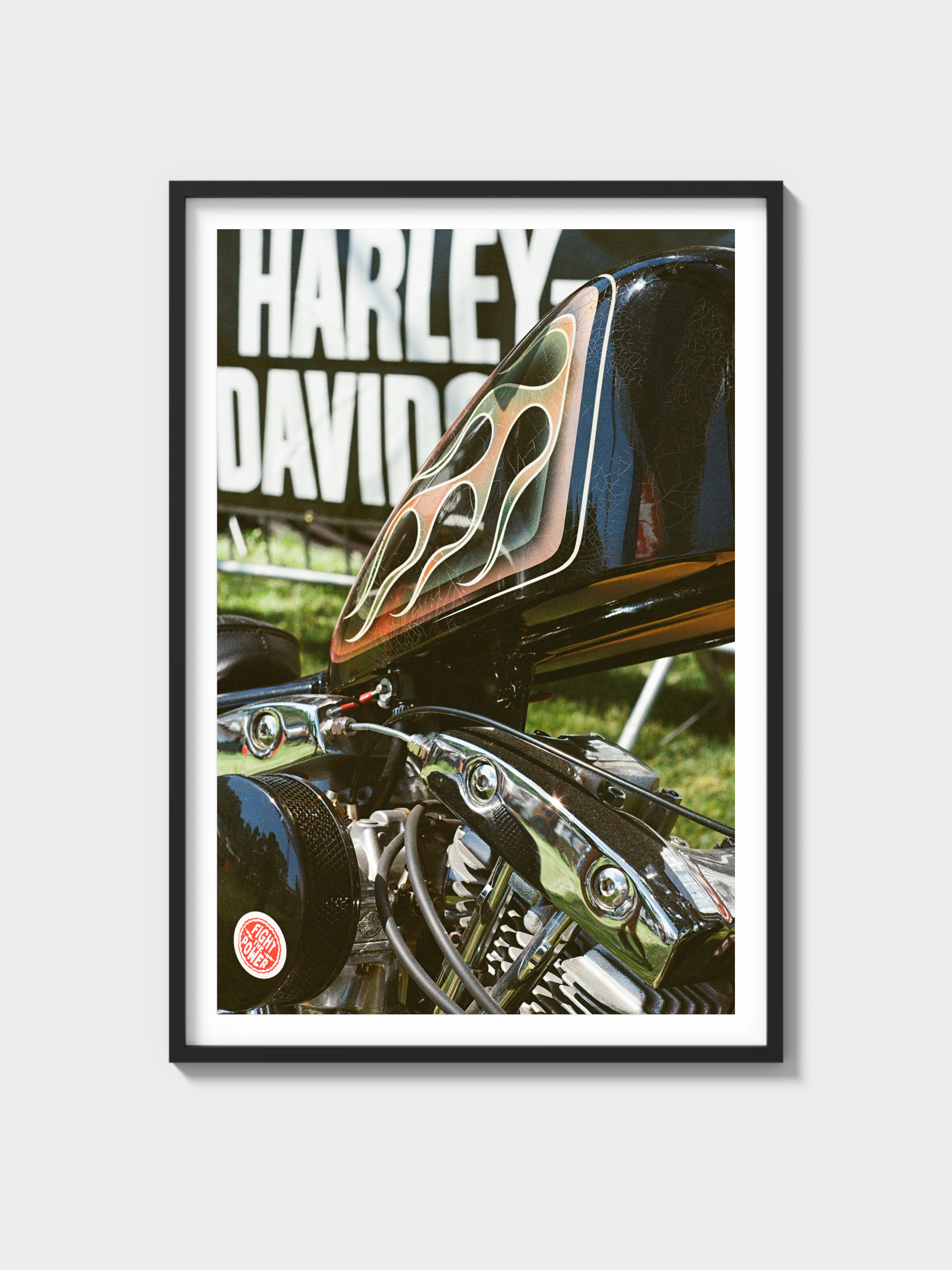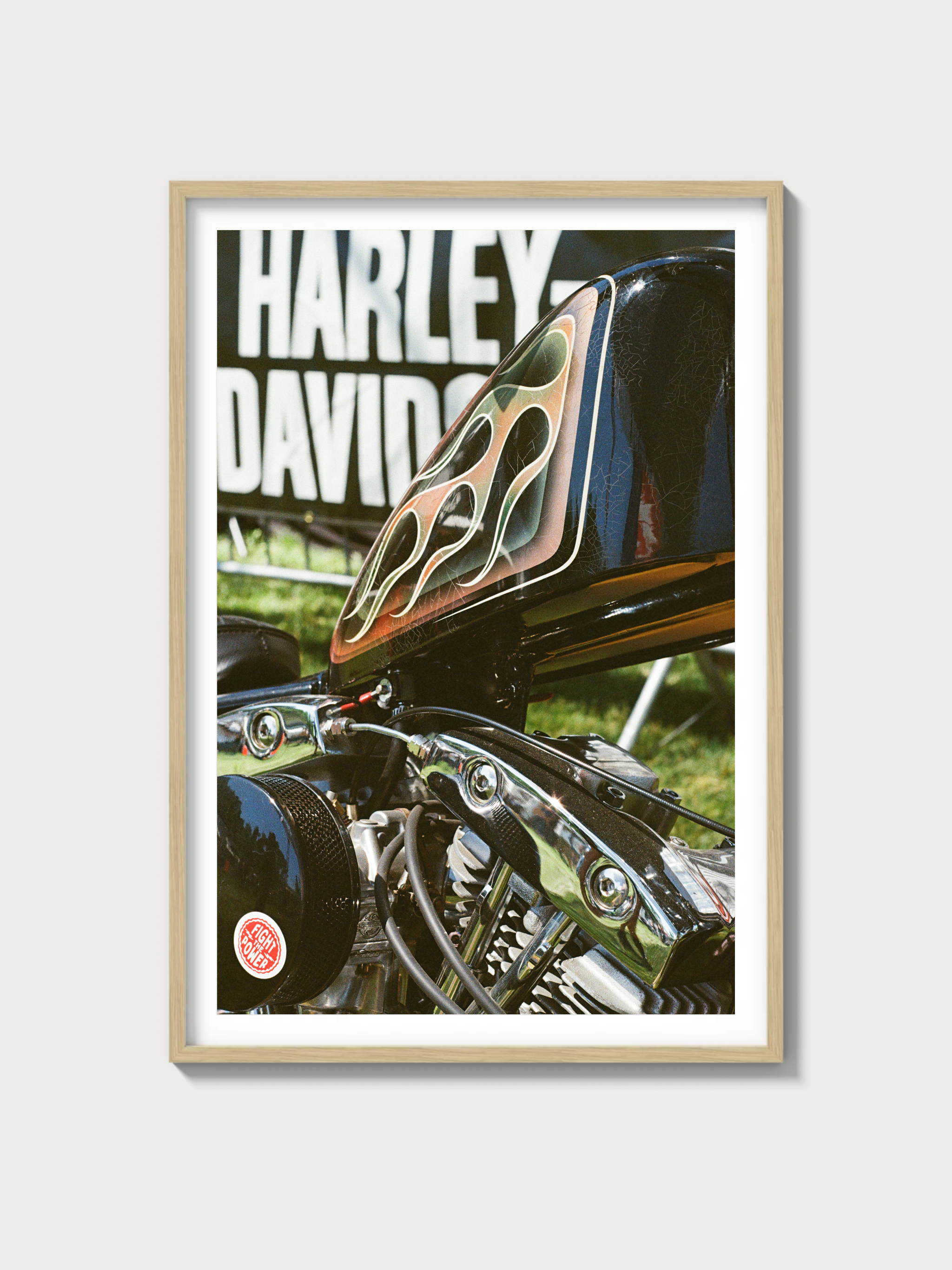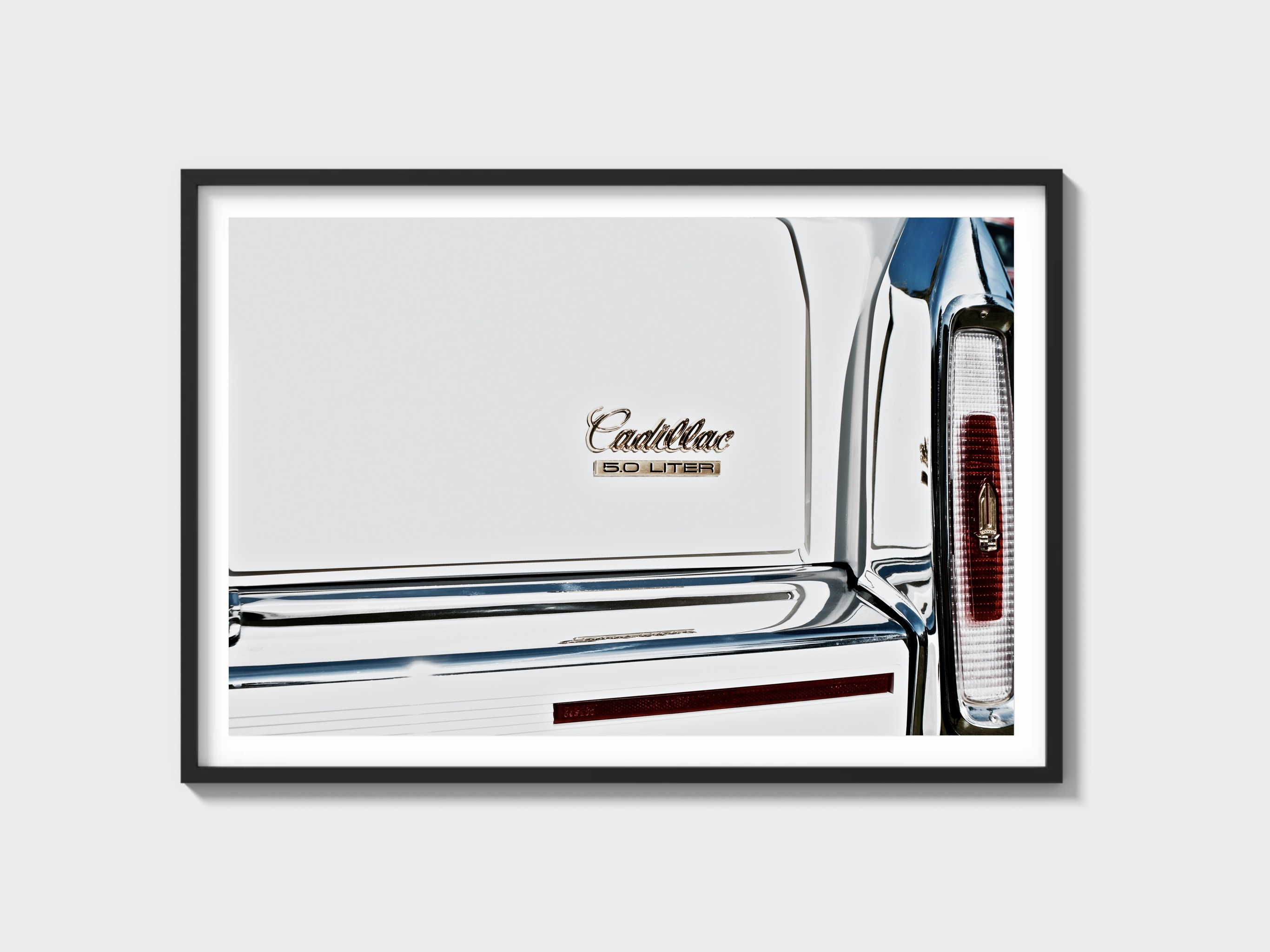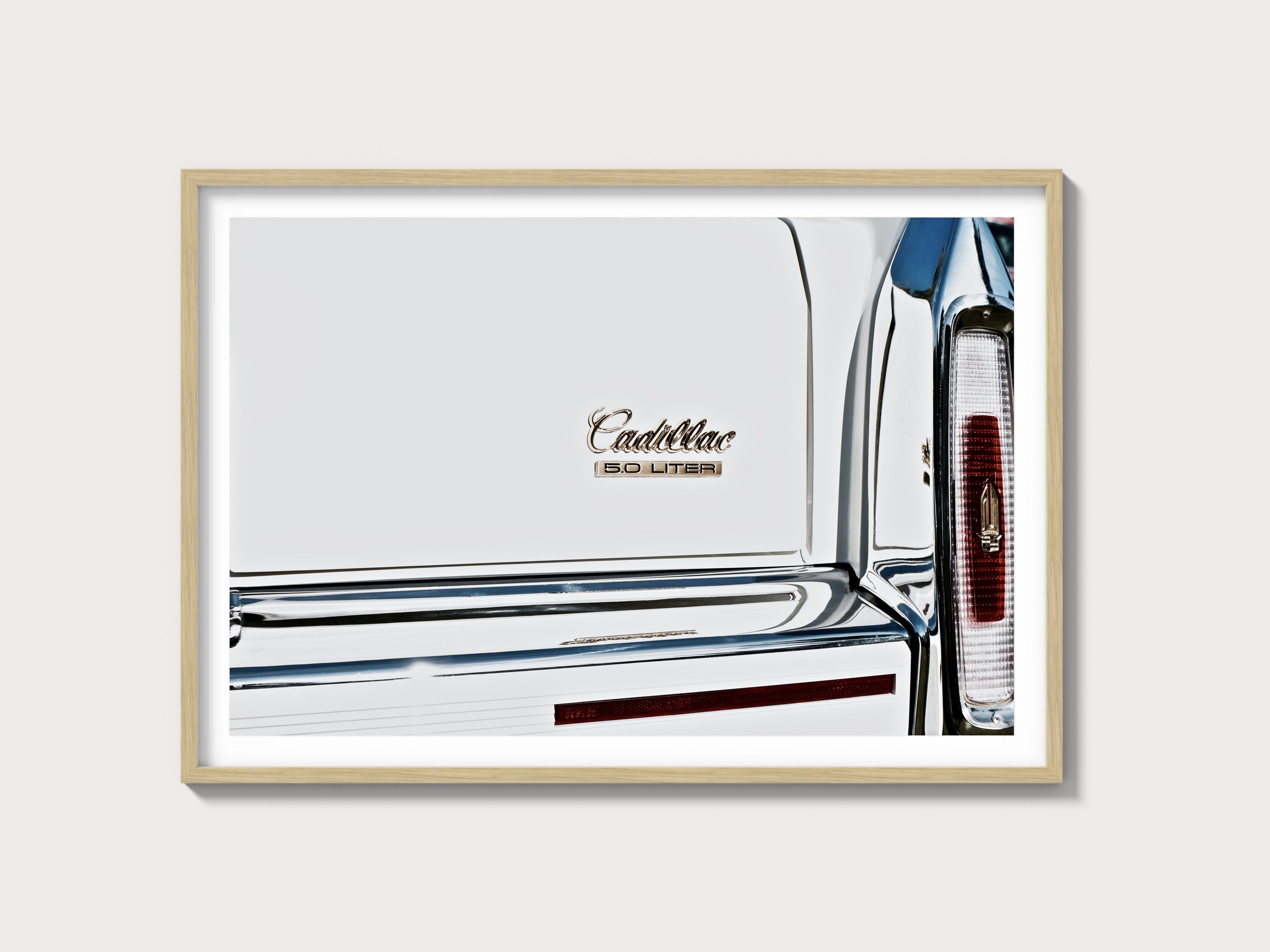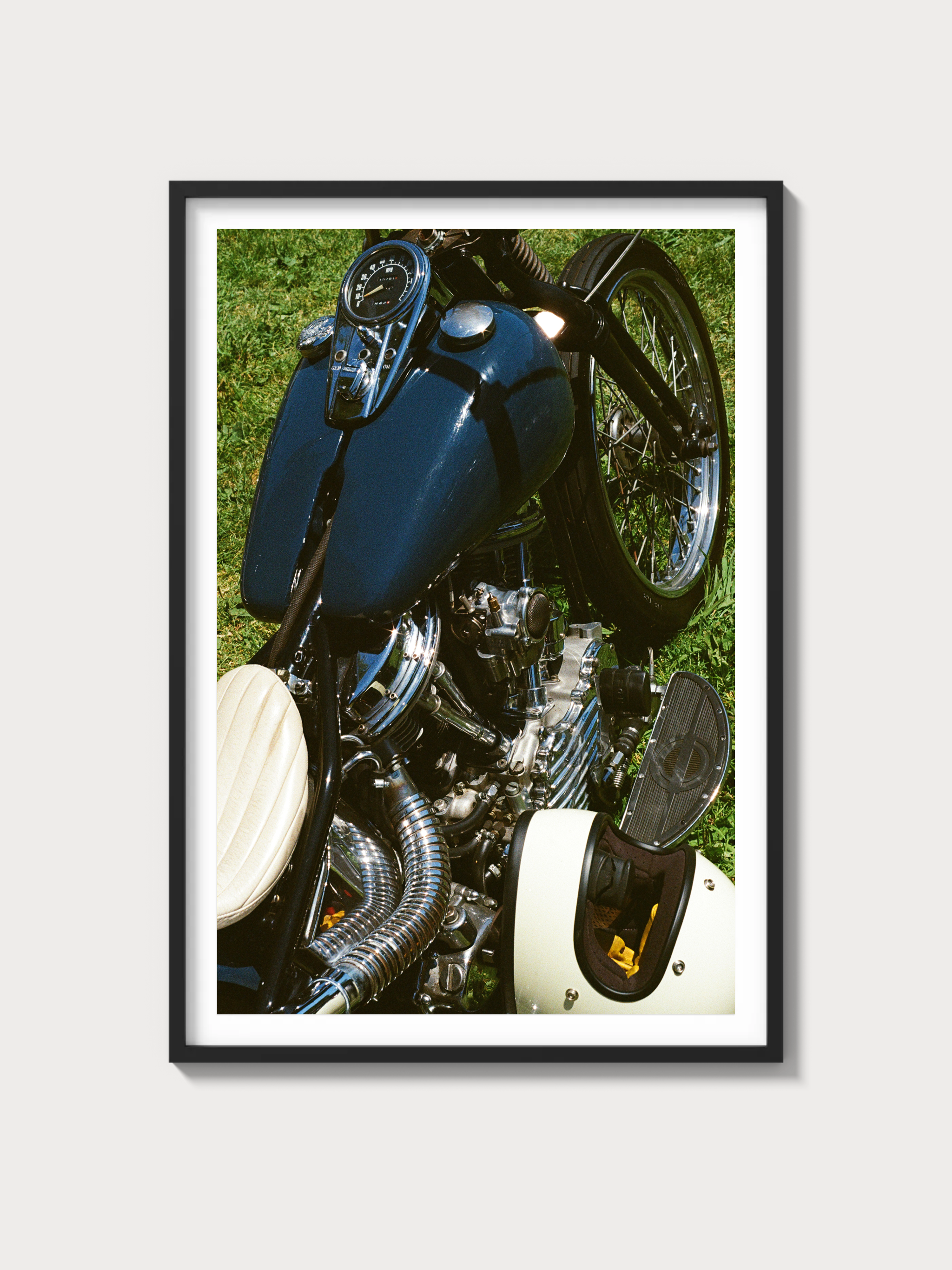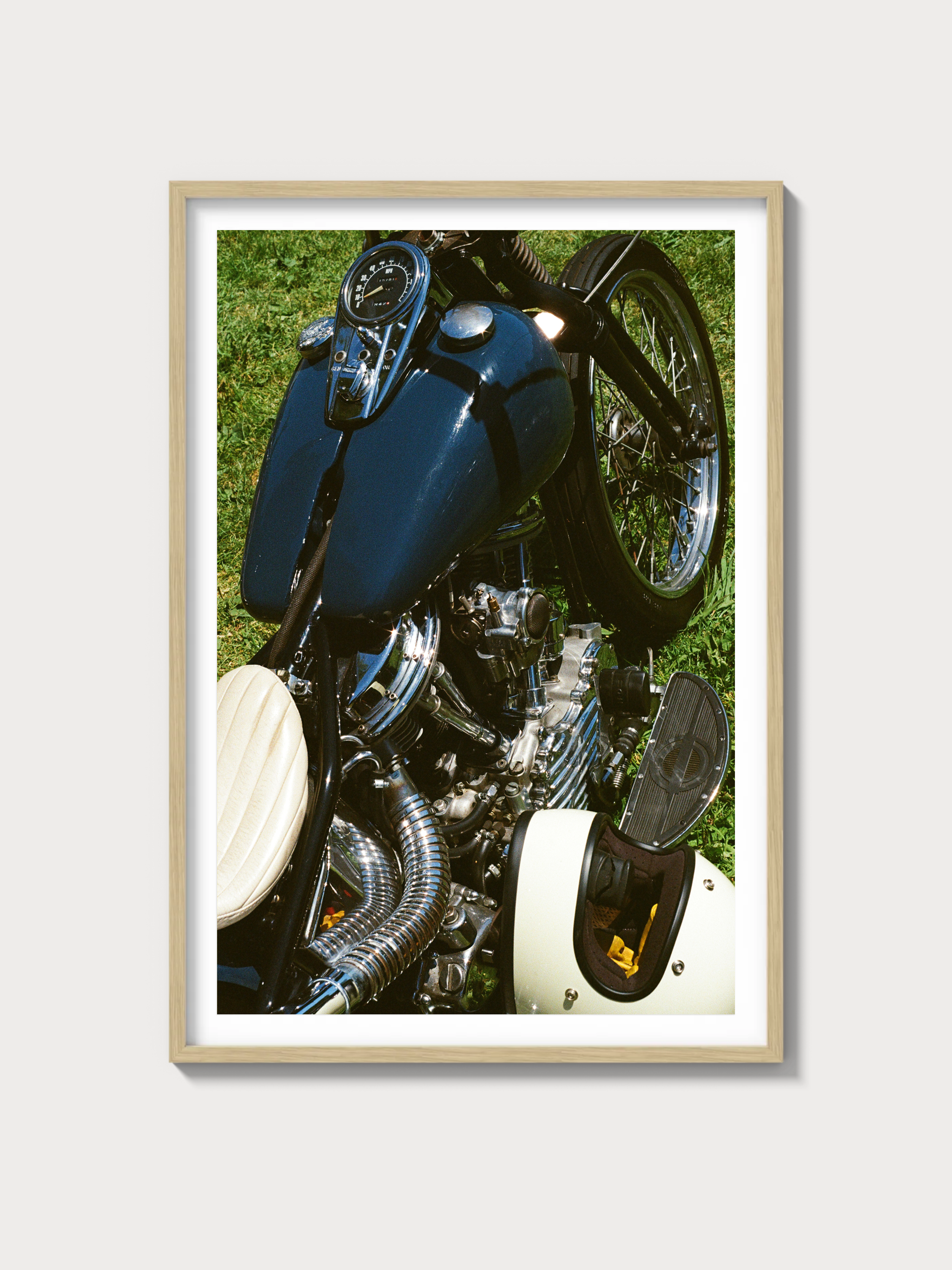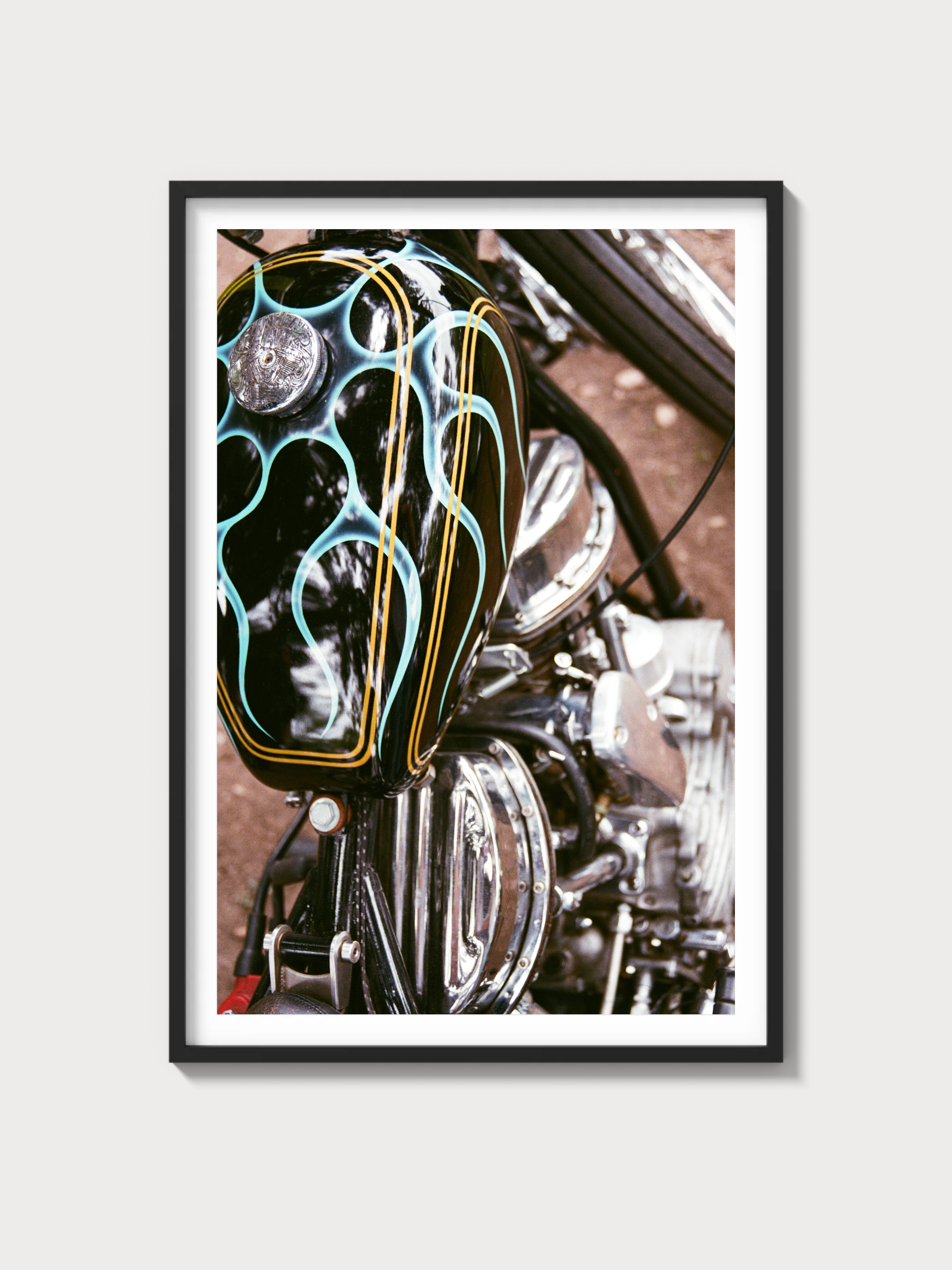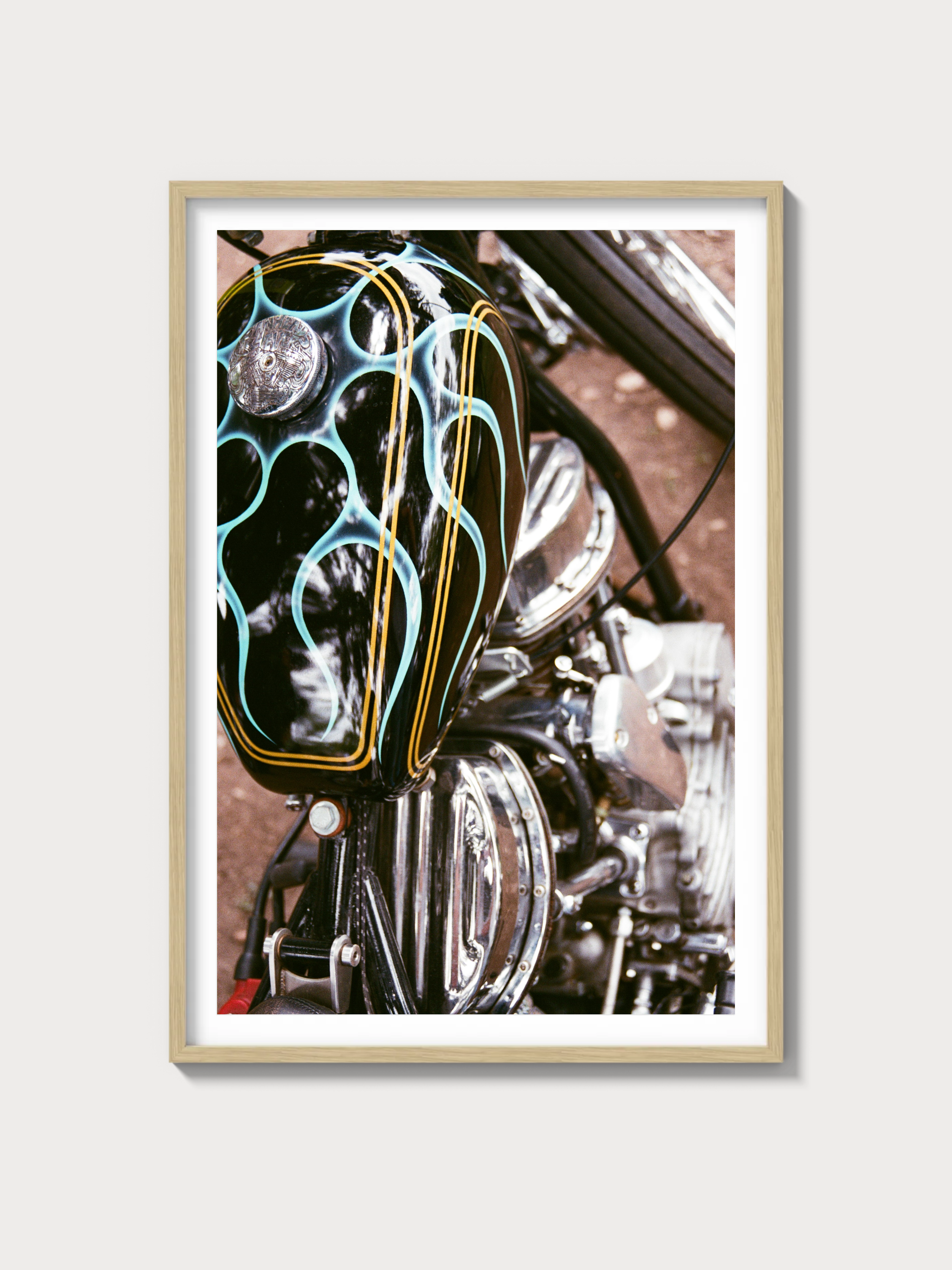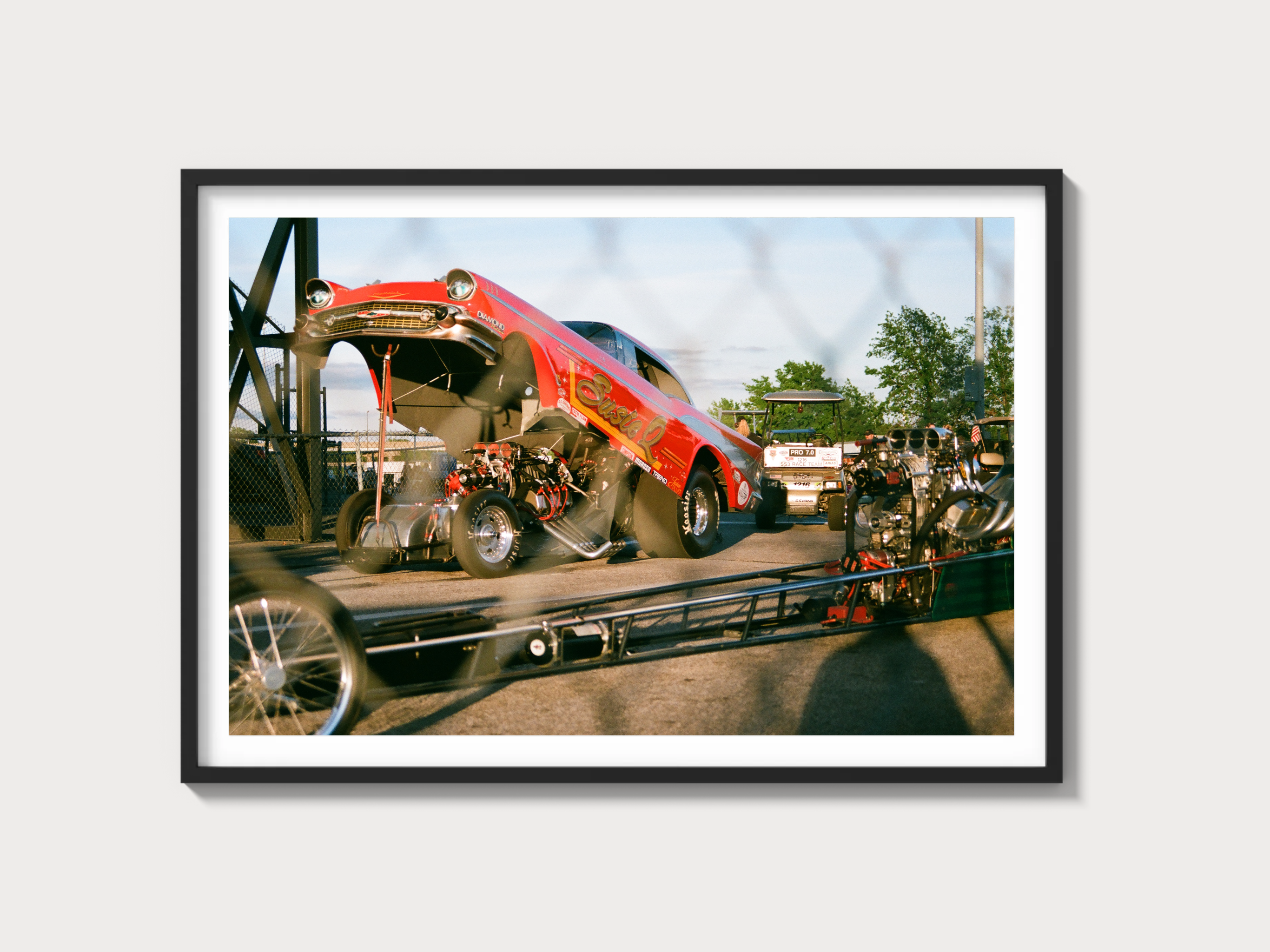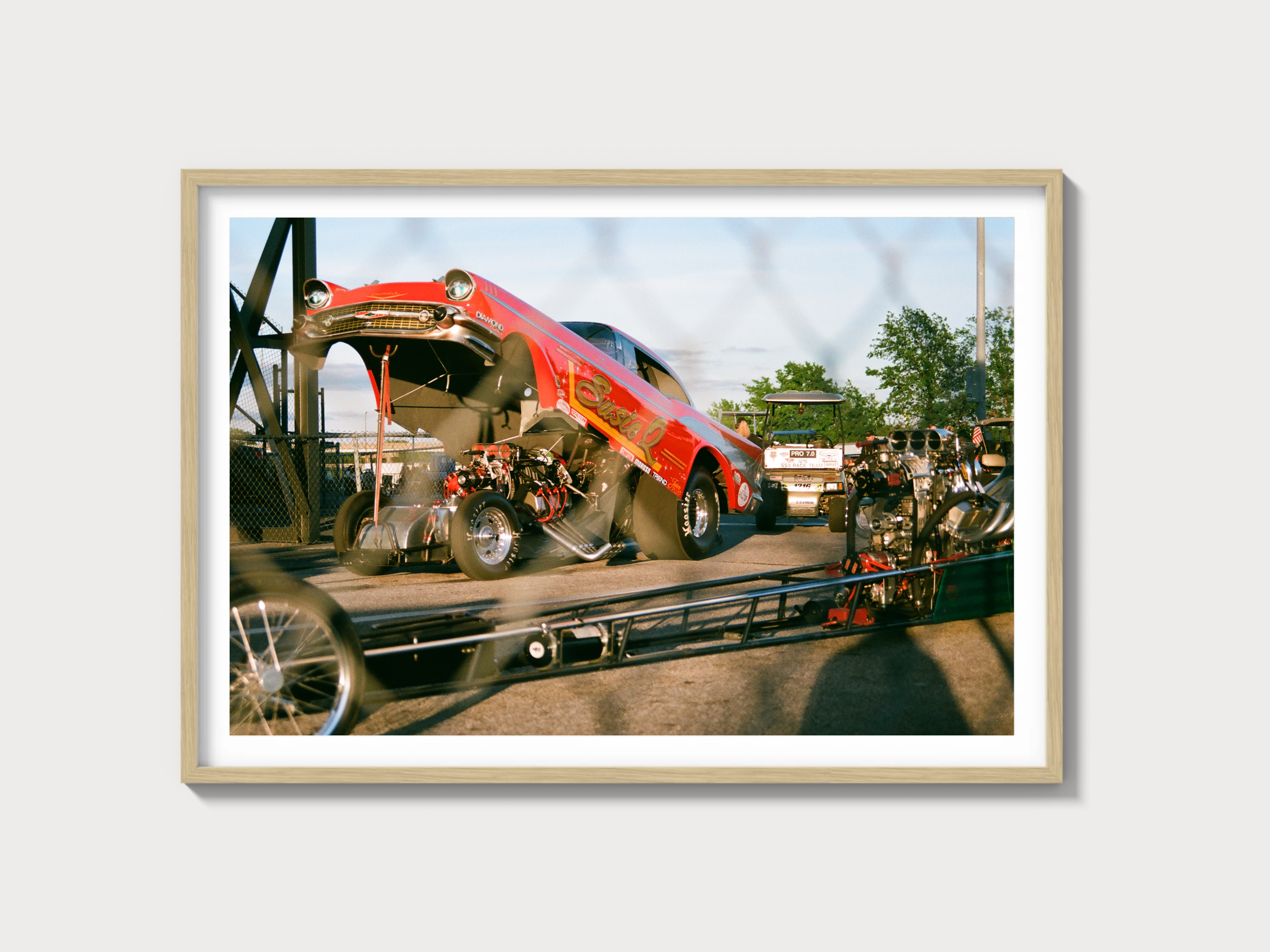The 1997–2004 Chevrolet Corvette C5: A Leap in Performance and Design
Historical Context and Development Background
The Chevrolet Corvette C5, introduced in 1997, represented a pivotal evolution for the iconic American sports car. Emerging from a period of introspection at General Motors, the C5 was developed under the guidance of Chief Engineer Dave Hill and designer John Cafaro. The goal was to create a Corvette that not only met but exceeded global sports car standards, setting a new benchmark in terms of performance, comfort, and technology.
In the mid-1990s, the sports car landscape was fiercely competitive. With rivals like the Porsche 911 and the BMW Z3, Chevrolet aimed to redefine the Corvette's positioning by focusing on lightweight construction, a completely new platform, and an advanced powertrain.
Engine and Technical Specifications
| Specification | Details |
|---|---|
| Engine Configuration | V8 |
| Displacement | 5.7 Liters |
| Horsepower | 345 hp |
| Induction Type | Natural Aspiration |
| Redline | 6000 RPM |
| Fuel System | Sequential Fuel Injection |
| Compression | 10.1:1 |
| Bore/Stroke | 99 mm / 92 mm |
Driving Experience and Handling Dynamics
Behind the wheel, the C5 Corvette offered a driving experience that was a marked improvement over its predecessors. The newly designed hydroformed box frame provided a rigid yet lightweight structure, complemented by a meticulously tuned suspension. The introduction of a rear transaxle layout improved weight distribution, enhancing the car's agility and responsiveness.
The C5's steering was precise, with a communicative rack-and-pinion system that allowed drivers to feel connected to the road. The optional Z51 Performance Handling Package further refined the driving dynamics, offering stiffer springs, larger stabilizer bars, and upgraded shock absorbers.
Full Performance Specs
| Performance Metric | Specification |
|---|---|
| 0-60 mph | 4.7 seconds |
| Top Speed | 175 mph |
| Quarter Mile | 13.1 seconds |
| Weight | 3210 lbs |
| Layout | Front-Engine, Rear-Wheel Drive |
| Brakes | 4-Wheel Disc |
| Suspension | Double Wishbone |
| Gearbox Type | 6-Speed Manual / 4-Speed Automatic |
Variant Breakdown
The C5 Corvette was available in several trims and special editions:
- Base Coupe: Offered standard with the LS1 engine, notable for its targa top.
- Convertible: Added open-air driving to the C5 experience.
- Hardtop (1999–2000): Aimed at purists, offering a more rigid structure.
- Z06 (2001–2004): A high-performance variant with a 385 hp LS6 engine and track-focused enhancements.
Ownership Notes
Ownership of a C5 Corvette offers both joys and challenges. Maintenance is generally straightforward, thanks to the robust LS1 engine and ample parts availability. Regular service intervals and attention to the electronic systems are crucial for longevity. The C5's fiberglass body requires specific expertise for any restoration work, particularly in maintaining its finish.
Cultural Relevance and Legacy
The C5 Corvette made notable appearances in media, including films like Gone in 60 Seconds and TV shows like CSI: Miami. Its racing legacy was cemented by the C5-R, which achieved multiple class victories at the 24 Hours of Le Mans.
Frequently Asked Questions
Is the C5 Corvette reliable? The C5 is generally considered reliable, particularly the later models with improved electronics.
What is the market trend for C5 Corvette values? Values have been appreciating, particularly for well-maintained models and Z06 variants.
What are common problems with the C5 Corvette? Known issues include electronic gremlins, particularly with the dashboard and electrical systems, as well as potential leaks from the targa roof seals.


